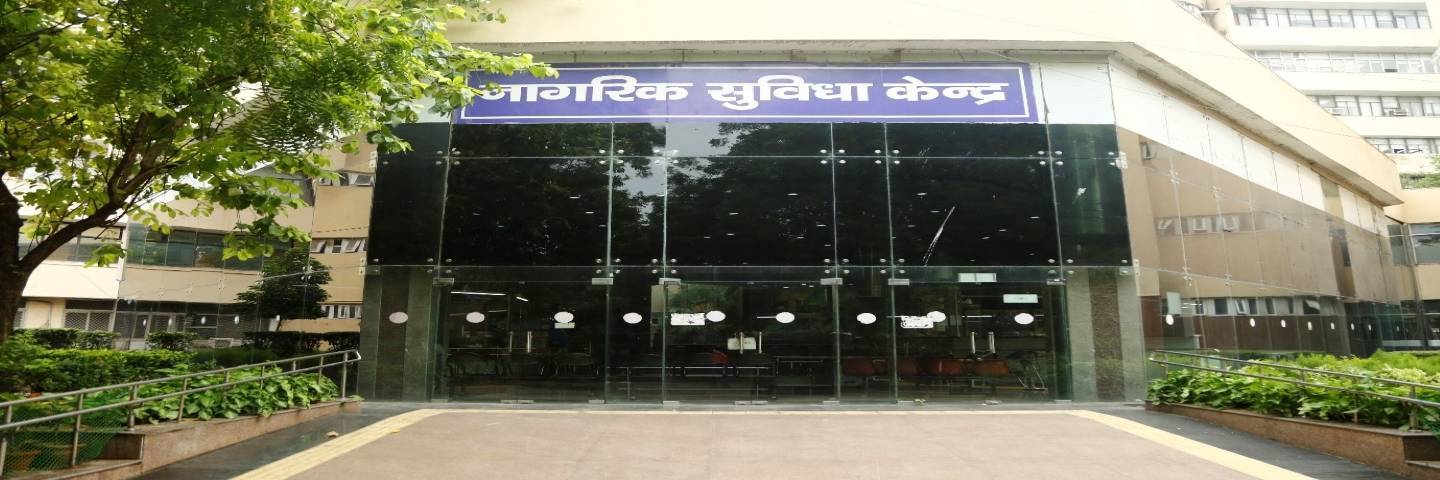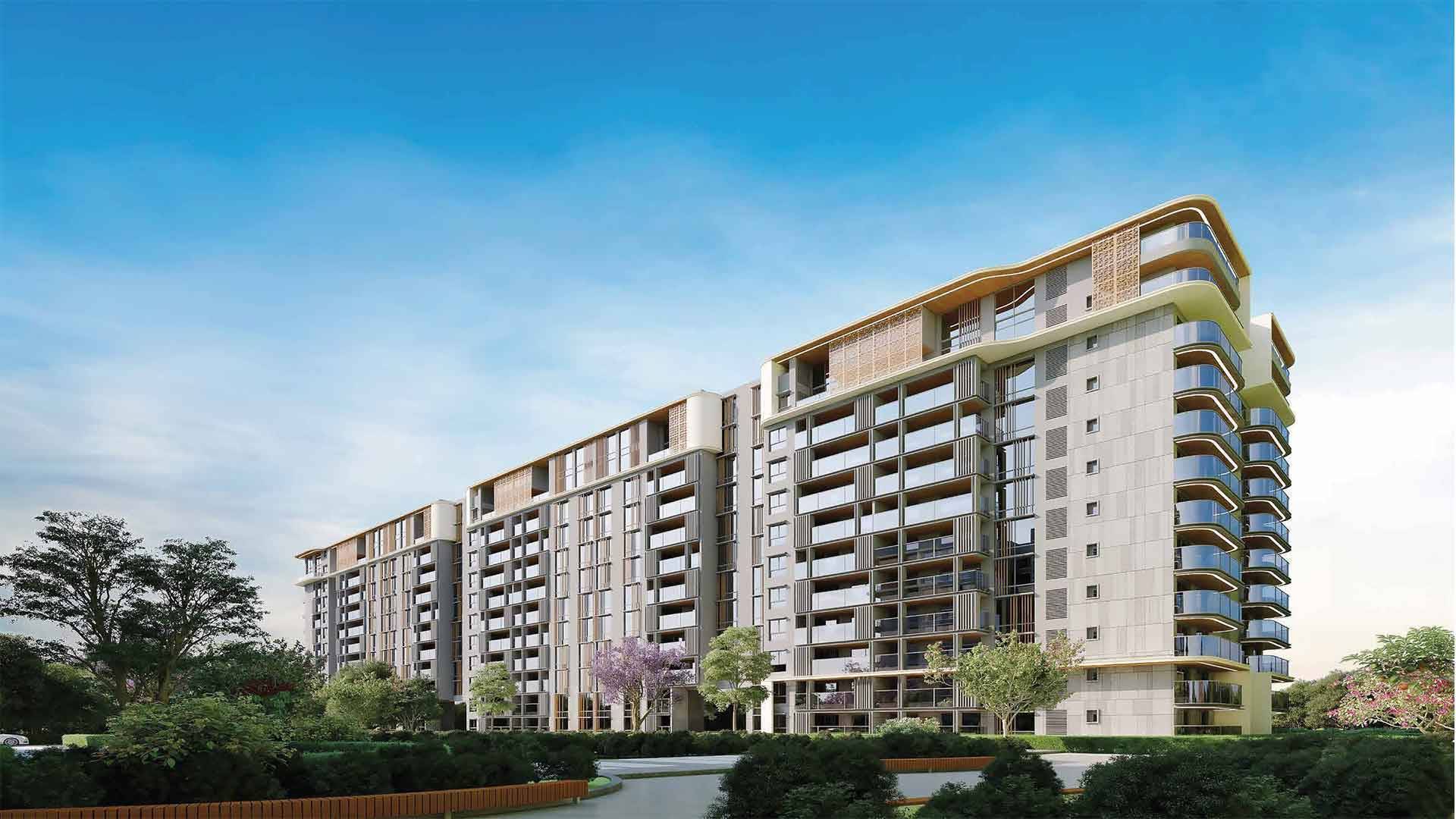Institutional investments in the Indian real estate sector are projected to register a 37% year-on-year decline in the first half of calendar year 2025, falling to approximately $3.06 billion across 30 deals, according to a recent report by JLL. This compares to $4.89 billion recorded during the same period last year, signalling the impact of prolonged global economic and political uncertainties on capital deployment.
The reduction in transaction volumes and deal closure timelines is being attributed to international headwinds that have made investors more cautious. The ongoing geopolitical tensions, high interest rates in Western economies, and the lingering effects of inflation are cited as some of the primary factors slowing down decision-making among institutional investors, particularly foreign entities.
Despite the moderation, the Indian real estate market is reportedly exhibiting core resilience, with steady activity expected in the coming quarters. The outlook for the rest of the year remains cautiously optimistic, supported by a robust pipeline of deals already in advanced stages of negotiation.
Foreign Capital Continues to Dominate, But Domestic Share Rises
In the first half of 2025, foreign investors accounted for 68% of the institutional capital flows into Indian real estate, while domestic institutions contributed the remaining 32%. While foreign capital continues to play a dominant role, the share of Indian institutional investors has increased steadily since 2023, reflecting rising confidence in long-term fundamentals and the maturity of domestic financial institutions.
Traditionally, the Americas—specifically the US and Canada—were major contributors to foreign inflows. However, their share has declined noticeably since 2023. In a significant shift, Asia-Pacific (APAC) investors emerged as the largest contributor in H1 2025, with a 37% share of total capital inflows. This trend reflects the growing relevance of regional capital pools and a possible realignment of strategic priorities among global investors.
MMR and Bengaluru Remain Top Destinations
Mumbai Metropolitan Region (MMR) and Bengaluru retained their positions as the leading destinations for institutional capital, collectively attracting 54% of total investments. These two markets have consistently demonstrated strong fundamentals, supported by demand across asset classes, regulatory clarity, and ongoing infrastructure upgrades.
MMR’s attractiveness has been bolstered by continued interest in residential and mixed-use developments, while Bengaluru continues to benefit from sustained leasing demand, its tech-driven economy, and investor-friendly project pipelines. Other cities such as Hyderabad, Pune, and NCR contributed to the remaining investment share, though at comparatively lower volumes.
Shift in Sectoral Preferences: Residential Leads in Capital Flows
For the first time in recent years, the residential real estate sector emerged as the top recipient of institutional capital, accounting for 38% of total investments in H1 2025. This represents a notable shift away from the traditional dominance of the office sector, driven in part by structural changes in demand post-pandemic and strong end-user consumption in housing.
Within the residential space, equity investments accounted for 58% of capital flows, while debt instruments made up the remaining 42%. This continuation of an equity-heavy trend suggests investor preference for long-term participation and control in residential development platforms. The momentum built in 2024 through large platform deals and structured equity transactions has carried over into this year, despite some delays in financial closures.
The office sector, while not leading in volumes, still accounted for a sizable portion of capital inflows, supported by long-term leasing visibility and improving occupancy rates in core business districts. Institutional interest is also being observed in alternate asset classes such as data centers, industrial parks, and life sciences campuses, though these remain niche segments in terms of volume.
Landmark Transactions and Public Market Activity
Despite the overall slowdown, several high-value deals have been reported in the first half. One of the standout transactions of the year so far was the acquisition of a significant controlling stake in a publicly listed residential developer by a global private equity firm, valued at around $214 million. This marked a strategic foray into India’s residential sector by a global investor that had previously focused on commercial office assets.
Public markets also remained an important channel for institutional investors. Real Estate Investment Trusts (REITs), Qualified Institutional Placements (QIPs), and open-market investments in listed developers continued to attract steady inflows, reflecting investor appetite for yield-generating, transparent structures.
Outlook for Second Half of 2025
While the first half of 2025 reflects a slowdown, the medium-term outlook remains stable. A pipeline of deals exceeding $1 billion is currently under discussion or due diligence, with several expected to close in the second half. Market participants expect that macroeconomic clarity post major elections globally, as well as anticipated policy rate adjustments in developed markets, could reignite investor interest and accelerate deal activity.
Industry observers maintain that India's real estate sector remains structurally strong, driven by urbanisation, housing demand, regulatory reforms, and the deepening of capital markets. Despite the short-term dip, capital flows are expected to stabilise in H2 2025 and pick up further momentum in 2026, especially if global risk appetite recovers.









.png)